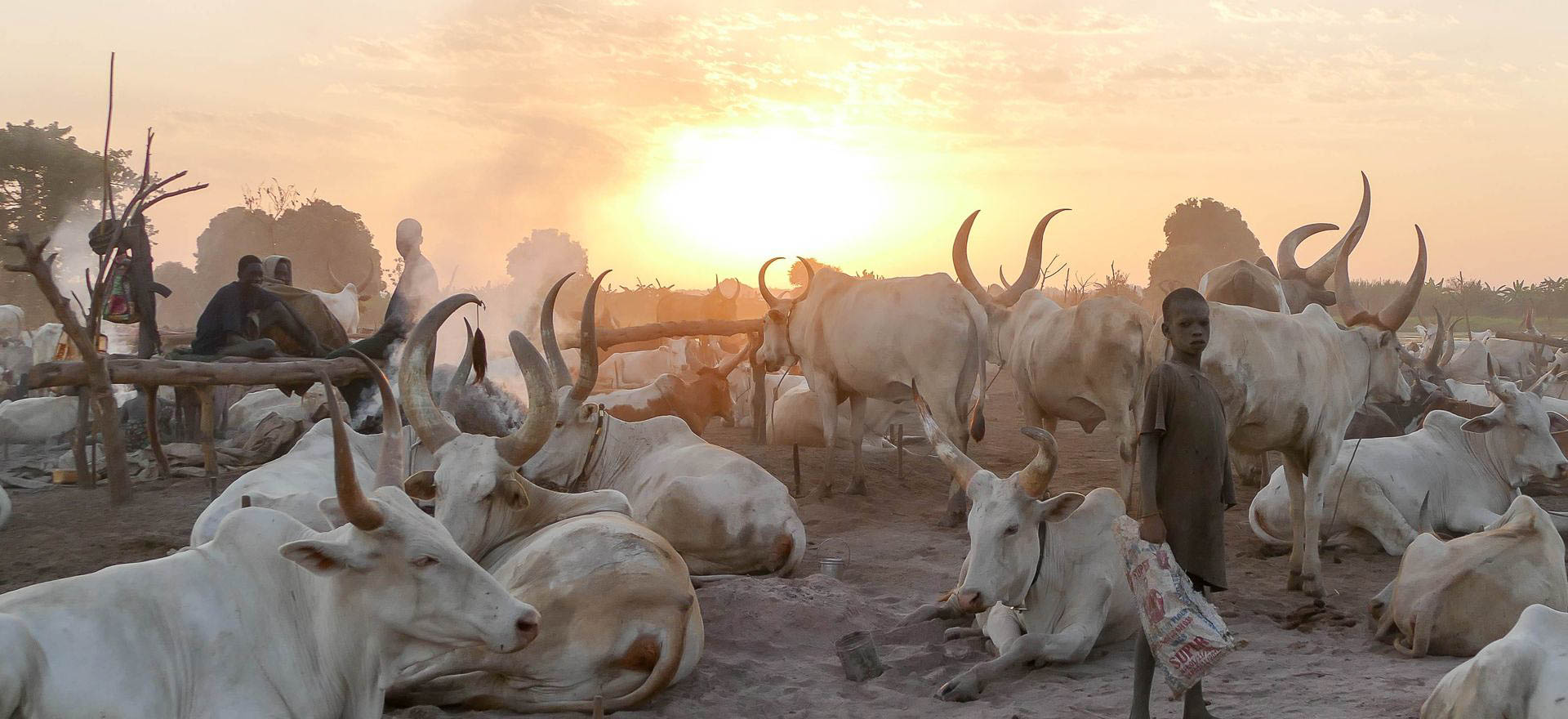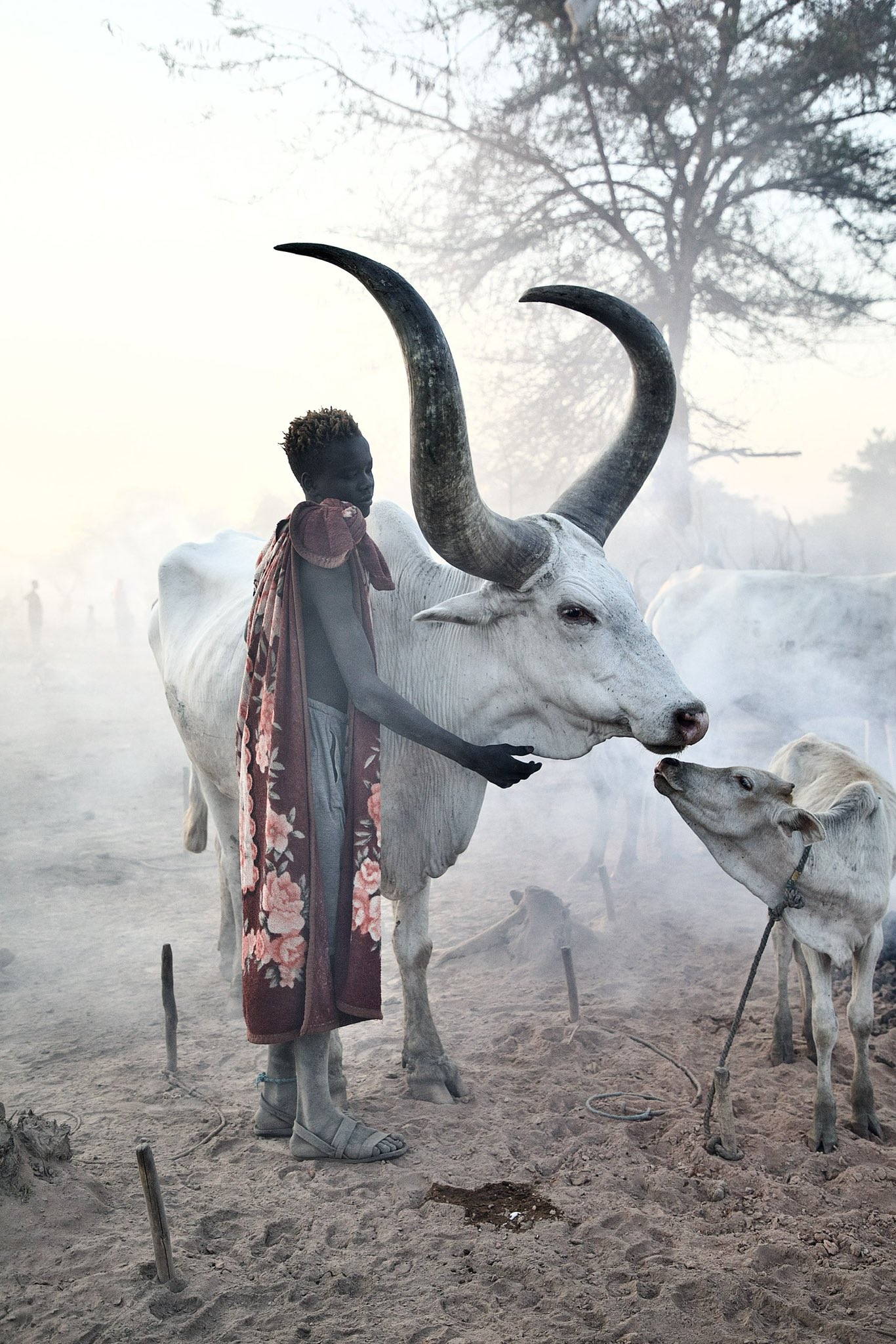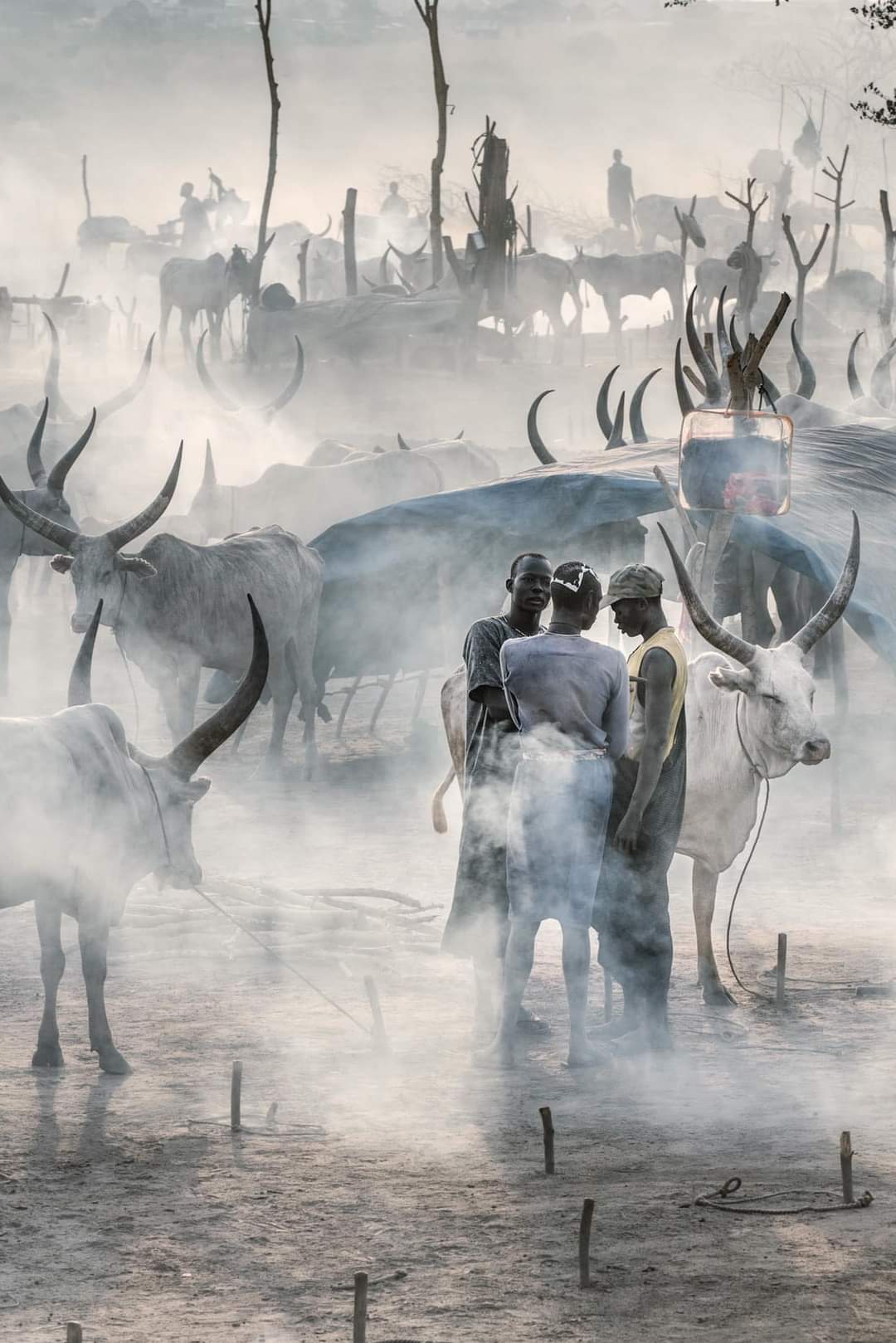Common Beisa Oryx
True desert animals are large with spear-like horns, thick horse-like necks, muscular, short manes, and compact bodies. The oryx is consisted of 4 species and the Gemsbok being the biggest
- Scientific name: Oryx beisa
- Habitat: Dry plains
- IUCN status: Endangered
- Adult weight: 120–210kg
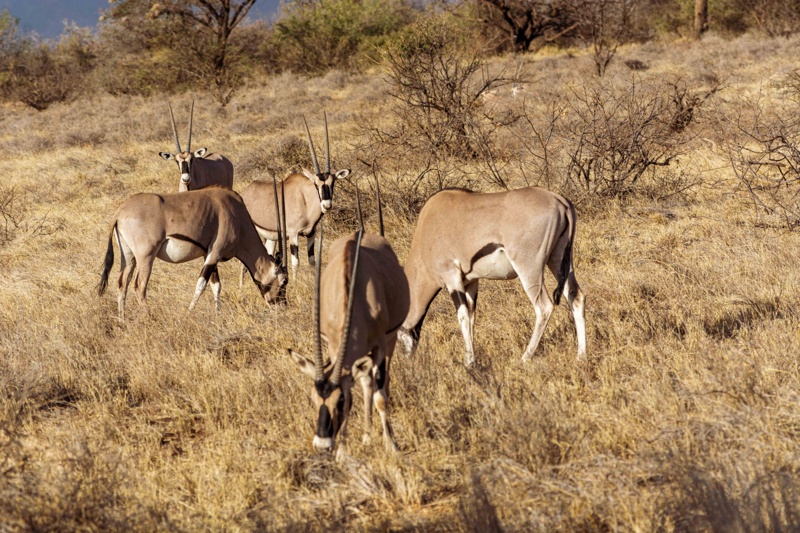
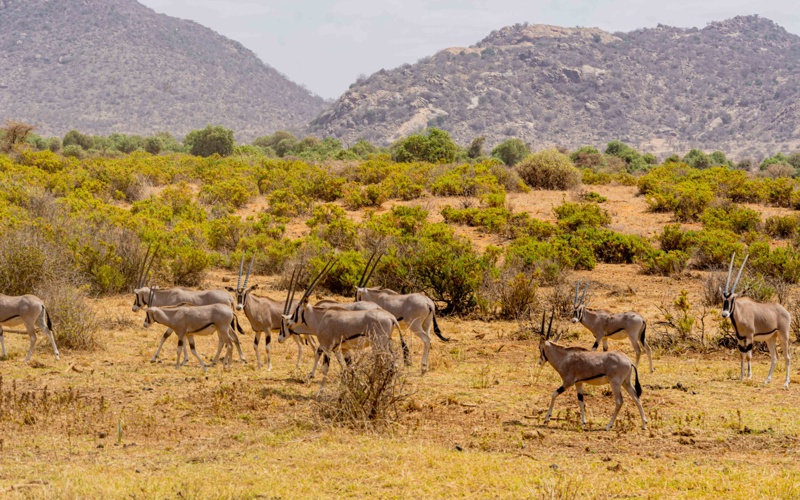
Quick Facts
Oryx beisa are residents of the horn of Africa and as well in the dry plains of Kenya in the Laikipia provinces of Samburu and Meru male oryx are pitted against one another in strength tests, female oryx prefer calving in private and they will hide the calf for about 2-3 weeks before joining the rest of the family. During dry spells, the oryx feed on poisonous Adenium plants as they prefer staying in grassland and bushland areas.
The beisa oryx totally change the homage system during the rainy seasons by avoiding tall grass and saturated areas. The beisa oryx are diurnal meaning they are so active during day time, however, these animals have the behavior of moving great distances to find perfect locations that they may stay in for a few seasons. The oryx takes 8-9 months to give birth and has a lifespan of about 20-22 years
Where to see oryx in Africa
The common beisa oryx takes more finding but occurs in suitable habitats across areas of Kenya and the republic of Tanzania
Top tips for viewing oryx
look out for the sharp-horned, muscular antelope in Meru national park and Samburu areas, the east African fringed oryx is found in the far south of Tarangire national park in Tanzania

Holiday ideas to see oryx
The desert dwellers are well visible and with distinctive colors, let's take you around for lifetime memories.

